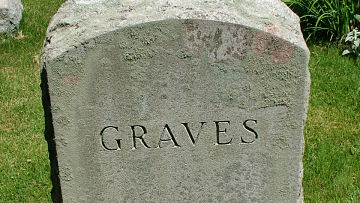Death has become a part of Britain’s benefits system
UK – More than 80 people a month are now dying after being declared ‘fit for work’. The safety net that used to be there for the most vulnerable is being torn to shreds.
Go to your local benefits office and desperation can be boiled down to a six-point plan, mounted on pink laminated card. The Department for Work and Pensions (DWP) has assembled written guidance on suicide for its “frontline staff” – a euphemism for workers hired to call people and break it to them that they’ve been rejected for benefits. One section of the guidance – that is to be reported to managers to alert them of “a suicidal intention” – instructs jobcentre staff to find out what the person plans, when it is planned for, and whether “the customer has the means to hand”.
I don’t know at what point social security and a risk of suicide became inevitable partners. Or when government “supporting people” – as the DWP described the guidance this week – began to mean, not helping people build their lives, but checking that they do not want to die.
Death has become a part of Britain’s benefits system. That is not hyperbole but the reality that the stress caused by austerity has led us to. Shredding the safety net – a mix of sanctions, defective “fit for work” tests, and outright cuts to multiple services – has meant that benefit claimants are dying; through suicide,starvation, and even being crushed by a refuse lorry when a 17-week benefit sanction forced a man to scavenge in a bin for food.
This morning, the government released mortality statistics – or rather, was forced to after several freedom of information requests – that show more than 80 people a month are dying after being declared “fit for work”. These are complex figures but early analysis points to two notable facts. First that 2,380 people died between December 2011 and February 2014 shortly after being judged “fit for work” and rejected for the sickness and disability benefit, Employment and Support Allowance (ESA). We also now know that 7,200 claimants died after being awarded ESA and being placed in the work-related activity group – by definition, people whom the government had judged were able to “prepare” to get back to work.
Notably how or why each of these people died was not recorded – meaning it’s impossible to say whether a death was linked to an incorrect assessment. But for the government, distortion is key and it is not restricted to faked benefit sanction leaflets. If we needed a sign of the DWP’s intentions, as it prepared to release today’s mortality statistics it was seemingly hedging its bets by finalising the details for a tribunal where it had planned to try to repress some of them.
There is a reason, in the age of austerity, that politicians and much of the media has stopped using the term social security and replaced it with “welfare”. It sets expectations much lower. A sense of security for members of society in need bumped down to mere subsistence.
Today’s mortality statistics do not simply point to the death of disabled, poor, and ill people but of the system that was meant to protect them. Before our eyes the principle of a benefit system is being reduced from opportunity, respect, and solidarity to destitution, degradation and isolation.
Six-point plans to avoid people on benefits killing themselves do not exist in a society that has hope for their lives. The welfare state was built on the idea of “the cradle to the grave”. Now for thousands, all they receive is help to that grave.


Leave a Comment
You must be logged in to post a comment.